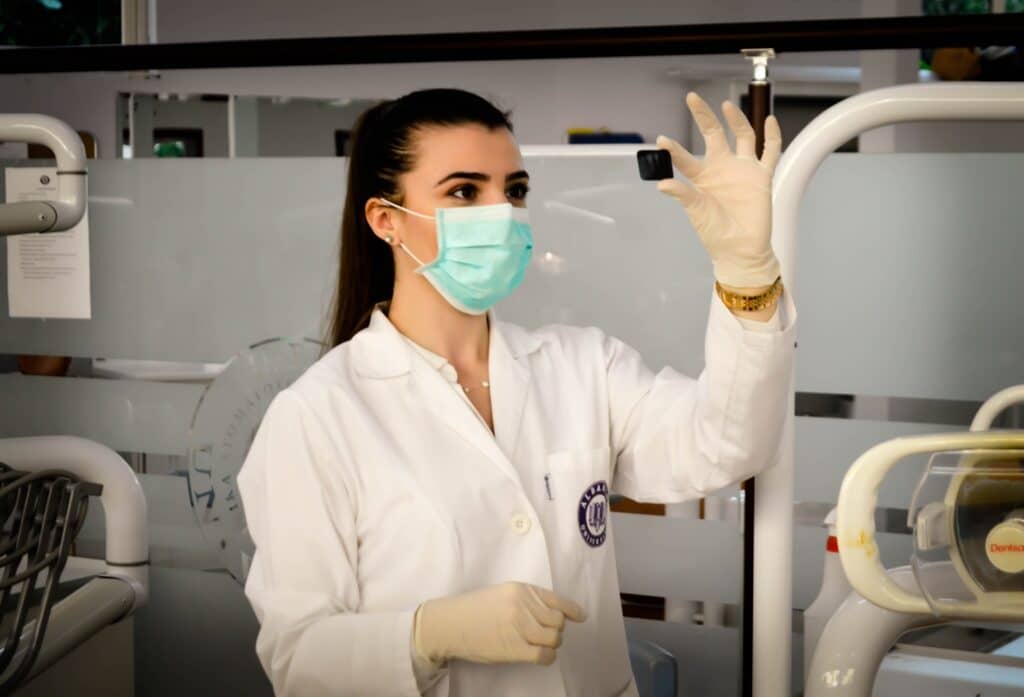Lyme disease is a debilitating condition that affects millions of people worldwide. It is caused by the bacterium Borrelia burgdorferi and is transmitted through the bite of an infected tick. Antibiotics are the primary treatment for Lyme disease when it is detected early. However, in the later stages of Lyme disease, antibiotics are not always enough and many patients continue to experience symptoms even after completing a course of antibiotics. This is because biofilms form around the Lyme bacteria, acting as a protective layer, preventing antibiotics from penetrating and killing the pathogen. Ozone therapy is a complementary treatment that has shown promise in the treatment of Lyme disease.
Understanding Lyme Disease and its Treatment
Lyme disease is a bacterial infection that can cause a range of symptoms, including fever, headache, muscle and joint pain, and can affect any organ of the body. If left untreated, the disease can lead to more severe symptoms, including joint swelling, cardiac, and neurological complications.
When Lyme disease progresses to the later stages, it becomes even more difficult to treat. Oftentimes Integrative Medicine therapies are necessary to get through the biofilm layer and fight tick-borne pathogens. This is where ozone therapy can be beneficial.

What is Ozone Therapy and How Does it Work?
Ozone is one of the most powerful oxidants found in nature, and is a therapy t that involves the use of ozone gas to treat various medical conditions. Ozone gas is a highly reactive form of oxygen that has been shown to have antimicrobial properties. It is thought to work by stimulating the immune system and killing bacteria and viruses.
Ozone therapy can be administered in a number of ways, including intravenous injection (autotherapy), ozone sauna, and ozonated water. In the case of Lyme disease, ozone therapy is typically administered intravenously.
Autotherapy is the most common way ozone is administered. The hospitals that we work with such as, St. Georg Hospital and Sanoviv Medical Institute, offer ozone treatment through autotherapy administration. The patient’s blood is removed into a sterilized bottle. Then ozone is injected into the bottle, and the bottle is mixed, allowing the red and white blood cells to take up the ozone. The ozonated blood is later returned to the body.The Effectiveness of Ozone Therapy for Lyme Disease
A 2015 study published in the Journal of Research in Medical Sciences found that ozone therapy was effective in reducing the symptoms of Lyme disease in a group of patients who had failed to respond to conventional antibiotic treatment. The study involved 56 patients with Lyme disease who received either intravenous ozone therapy or a placebo. The researchers found that the ozone therapy group had significant improvements in symptoms such as fatigue, joint pain, and cognitive impairment.
Another study, published in the Journal of Alternative and Complementary Medicine in 2012, found that ozone therapy was effective in reducing pain and improving quality of life in patients with Lyme disease. The study involved 20 patients who received ozone therapy for six weeks, and the researchers reported significant improvements in pain, fatigue, and overall well-being.
Dr, Frank Shallenberger, one of the leading physicians that offer ozone at hsi practice, explains that ozone is a powerful mitochondrial stimulant as well. The mitochondria is what creates ATP, also known as energy. A high pathogenic load and toxic load can take a huge toll on the mitochondria. This is what contributes to the severe fatigue symptoms that many patients with Lyme disease experience. Ozone therapy helps support the mitochondria while relieving the brutal symptom of fatigue.

Potential Risks and Side Effects of Ozone Therapy For Lyme Disease
Ozone therapy is generally considered safe when administered by a trained healthcare provider. However, there are some potential side effects and risks associated with the therapy.
Some common side effects of ozone therapy include irritation at the injection site, headache, nausea, and dizziness. It is also important to note that there is a lack of standardization in the practice of ozone therapy. Different healthcare providers may use different protocols and dosages, which can make it difficult to compare results between studies.
However, overall we are seeing that the benefits strongly outway the risk when using ozone to treat tick-borne infections. Germany began incorporating ozone to treat medical conditions in the early 1950s. Currently, in Europe, ozone is a common medical treatment that has, overtime, become a supportive therapy utilized by integrative practitioners in the US. We have found that it’s antimicrobial and powerful oxidant properties are especially beneficial in the treatment process when used in conjunction with nutrition and detoxification treatments.
Other Questions About Ozone Therapy For Lyme Disease
What is ozone blood therapy for Lyme disease?
Ozone blood therapy, also known as ozone autohemotherapy, is a therapy that involves withdrawing a patient’s blood, mixing it with ozone gas, and then re-infusing the ozonated blood back into the patient’s body. Ozone, a highly reactive form of oxygen, can help stimulate the immune system, increase oxygen delivery to tissues, and has antimicrobial properties to help treat tick- borne infections.
Does ozone therapy work for chronic Lyme disease?
Ozone is a strong oxidant that is found to be a supportive maintenance treatment to help boost the immune system to better fight tick-borne pathogens.
Ozone also stimulates the production of white blood cells, which protect the body from viruses, bacteria, fungi, and cancer. Ozone administration considerably increases interferon levels, which are globular proteins that play a key role in the immune system. Interferons can be formed by cells infected by pathogens. These interferons warn healthy cells of the possibility of infection; in turn, they are rendered nonpermissive host cells, inhibiting viral replication.
What is iv ozone therapy and how is it different from plain ozone therapy?
Ozone therapy can be done through a few different methods. The most common is intravenous therapy (known as autohemotherapy) which involves ozone traveling through the vein into the bloodstream. However other ways that ozone can be administered include:
- Topically, through the skin
- Rectally, through the rectum
- Aurally, through the ear canal
IV ozone therapy is considered more invasive than other forms of ozone therapy, as it involves the use of a needle to insert the ozone gas into a vein. It is also believed to be more potent, as the ozone is able to reach the bloodstream rapidly and circulate throughout the body.
What does at home ozone therapy consist of?
At-home ozone therapy oftentimes includes the use of ozone generators that are designed for personal use. These devices generate ozone gas and can be used in a variety of different forms.
- Ozone saunas: A specialized sauna is used to generate ozone gas, allowing the ozone to be inhaled and absorbed through the skin.
- Ozone water: Ozone gas is infused through water to create ozonated water, which can be used for drinking or bathing.
- Ozone insufflation: Ozone gas is introduced into the body through the rectum, vagina, or ear canal.
- Ozone therapy bags: Ozone gas is pumped into a sealed bag, which is transported to certain areas of the body.



